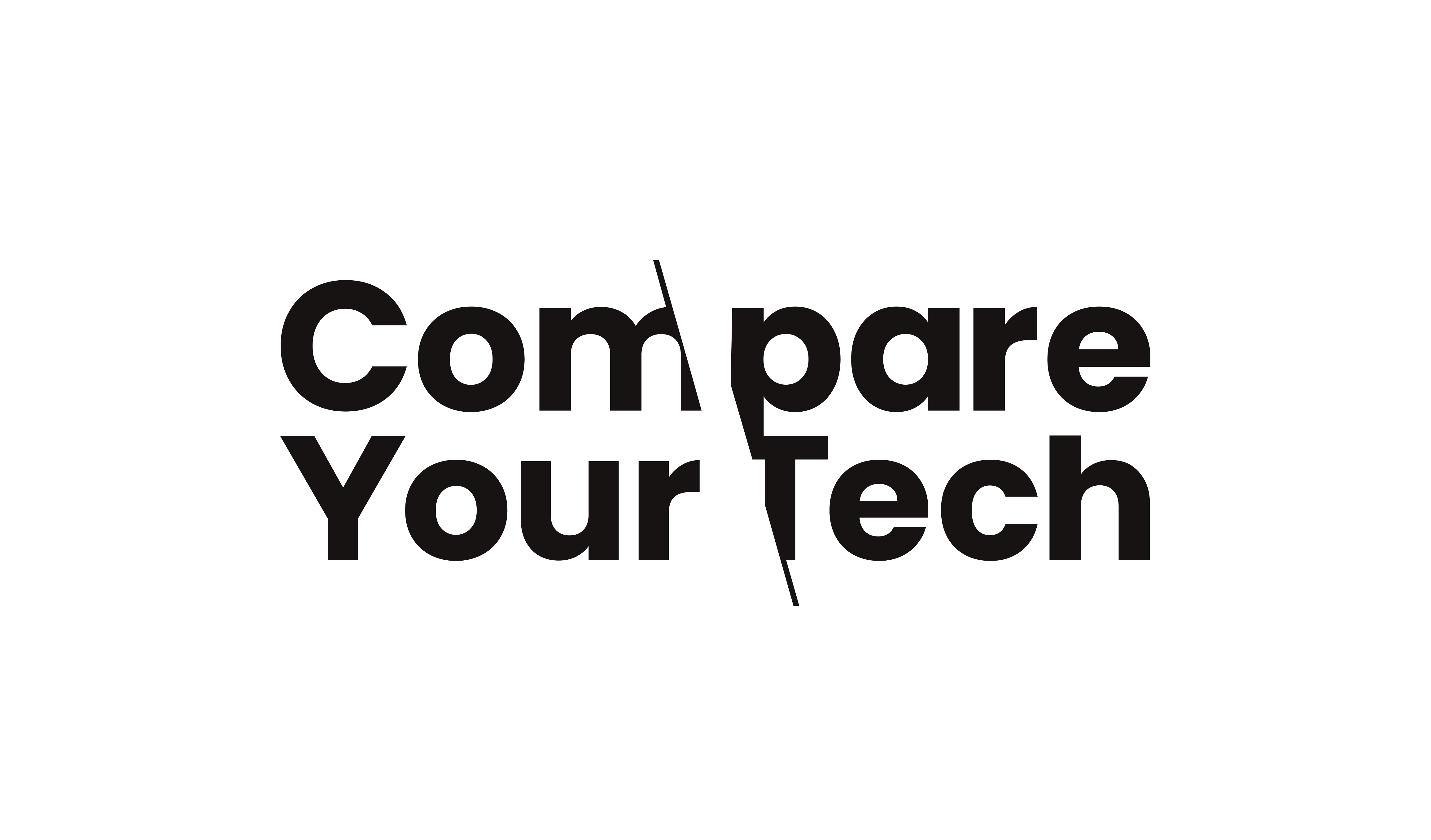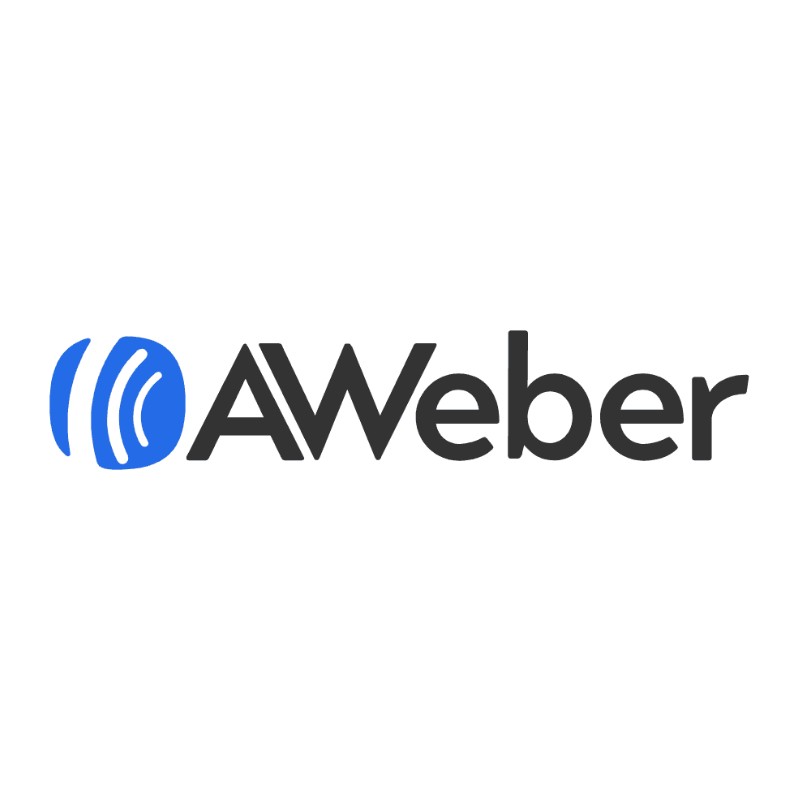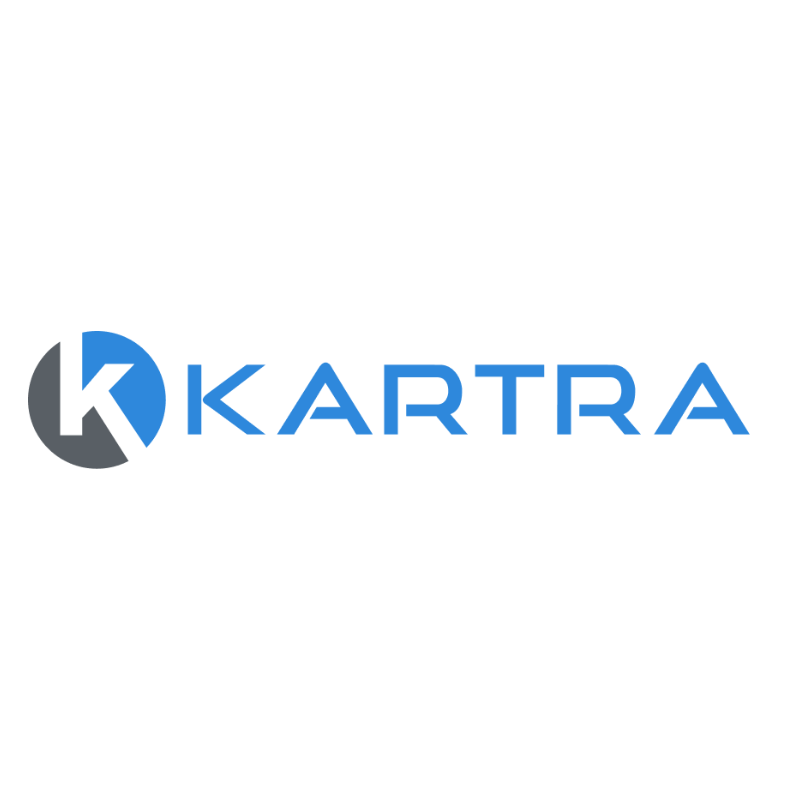FAQ'sFrequently Asked Questions about Keras
Who are Keras?
Keras is an open-source software library that provides a Python interface for artificial neural networks. Initially developed by François Chollet, Keras is designed to enable fast experimentation with deep neural networks while being user-friendly and flexible. It is now part of the TensorFlow ecosystem, facilitating the building and training of machine learning models.
What are Keras products?
Keras primarily focuses on providing a high-level neural networks API that allows users to build and train deep learning models. It includes various tools for constructing models, preprocessing data, and evaluating performance. Keras is not a product in the traditional sense but rather a library that integrates with TensorFlow to enhance its capabilities.
What services do Keras offer?
Keras offers a comprehensive set of features for deep learning, including model building, training, evaluation, and deployment. It provides pre-built layers, optimisers, and loss functions, along with utilities for handling data and improving model performance.
What type of companies do Keras products suit?
Keras is suitable for companies across various sectors that require machine learning and deep learning capabilities. This includes technology firms, research institutions, healthcare providers, finance companies, and any business looking to leverage artificial intelligence for data analysis and predictive modelling.
How much does Keras product cost?
Keras is free to use, as it is open-source software. There are no licensing fees associated with its use, though users may incur costs related to the infrastructure required to run their models, such as cloud computing resources.
Does Keras offer a free trial?
As an open-source library, Keras does not offer a free trial. Users can freely download and use the library without any restrictions.
What discounts does Keras offer on their products?
Keras does not offer discounts, as it is free and open-source. Users can access all features without any payments or subscriptions.
Are there any hidden fees or additional costs with Keras?
There are no hidden fees associated with Keras itself. However, users may need to consider costs for cloud services, computational resources, or additional third-party tools that they may choose to integrate with Keras.
Who uses Keras products?
Keras is widely used by data scientists, machine learning engineers, researchers, and developers who are involved in building and deploying deep learning models. Its user-friendly interface makes it accessible to both beginners and seasoned professionals.
What are the main features of Keras products/services?
- High-level API for building neural networks.
- Support for multiple backend engines, including TensorFlow and Theano.
- Pre-defined layers, optimisers, and loss functions.
- Flexible model building (Sequential and Functional APIs).
- Support for various data preprocessing techniques.
- Integration with TensorBoard for visualising model performance.
How does Keras compare to its competitors?
Keras is often compared to other deep learning frameworks such as PyTorch and MXNet. Keras is known for its simplicity and ease of use, making it particularly popular among beginners. In contrast, PyTorch offers more flexibility for advanced users, while Keras is embedded within TensorFlow, benefiting from its extensive ecosystem and community support.
Is Keras platform easy to use?
Yes, Keras is designed to be user-friendly, with a straightforward API that allows users to build and train models with minimal code. This ease of use is one of the key reasons for its popularity in the machine learning community.
How easy is it to set up Keras product or service?
Setting up Keras is relatively straightforward. Users can install it via pip or conda, and it typically requires only a few lines of code to get started with building a model. Detailed installation instructions are available in the Keras documentation.
Is Keras reliable?
Keras is considered reliable and robust, especially as it is maintained and updated as part of the TensorFlow project. It has a large user base and community support, contributing to its reliability in various applications.
Does Keras offer customer support?
Keras does not offer formal customer support, as it is an open-source project. However, users can access a wealth of community resources, including forums, GitHub issues, and other online platforms where developers and users discuss issues and share solutions.
How secure is Keras’ platform?
The security of Keras largely depends on the underlying infrastructure and the practices employed by users when deploying models. As an open-source library, Keras does not have built-in security features but can be used securely when combined with best practices in software development and deployment.
Does Keras integrate with other tools or platforms?
Yes, Keras integrates seamlessly with TensorFlow, allowing users to leverage TensorFlows features and performance. Additionally, Keras can work with other libraries and frameworks in the Python ecosystem, such as NumPy and Pandas, for data manipulation and analysis.
Can I use Keras on mobile devices?
Keras models can be used on mobile devices through TensorFlow Lite, which allows for the deployment of lightweight models on platforms like iOS and Android. However, Keras itself is primarily a library for development on desktop and server environments.
What do users say about Keras?
Users generally praise Keras for its simplicity, ease of use, and rapid prototyping capabilities. Many appreciate the extensive documentation and the supportive community. However, some advanced users note that Keras may lack certain low-level customisation options available in other frameworks like PyTorch.
What are the pros and cons of Keras?
Pros:
- User-friendly API.
- Fast model prototyping.
- Strong community support.
- Integration with TensorFlow.
Cons:
- Less flexibility for low-level customisation.
- Performance may lag behind other frameworks in certain scenarios.
How can I purchase Keras’ services?
Keras is free to use and does not require a purchase. Users can simply download and install the library from the official website or GitHub repository.
What is the cancellation or refund policy for Keras?
As Keras is an open-source library, there is no cancellation or refund policy since there are no purchases involved.
What are the common use cases for Keras?
Common use cases for Keras include image recognition, natural language processing, time series analysis, and reinforcement learning. It is widely used in academic research, industry applications, and personal projects.
Why choose Keras over other options?
Keras is an excellent choice for beginners and those who prioritise ease of use and rapid development. Its integration with TensorFlow provides powerful capabilities, while its extensive documentation and community support make it accessible for users at all skill levels.
How easy is it to set up Keras?
Setting up Keras is straightforward, typically requiring only installation via pip or conda. Users can begin building models with minimal configuration, aided by the comprehensive installation guides available in the documentation.
Does Keras offer training or tutorials?
Keras provides extensive documentation, tutorials, and example projects on its official website. Users can access various resources to learn how to effectively use the library for different applications.
What languages does Keras support?
Keras primarily supports Python, as it is a Python library. However, models built with Keras can be exported and used in other languages through TensorFlows capabilities.
What problems does Keras solve?
Keras simplifies the process of building and training deep learning models, addressing the complexity associated with neural network development. It allows users to focus on model design and experimentation without dealing with low-level implementation details.
Is Keras worth the investment?
As Keras is free to use, it represents no financial investment. Its value lies in the capabilities it offers for rapid prototyping and development of deep learning models, making it an excellent resource for individuals and organisations seeking to implement machine learning solutions.






Leave a Reply
You must be logged in to post a comment.